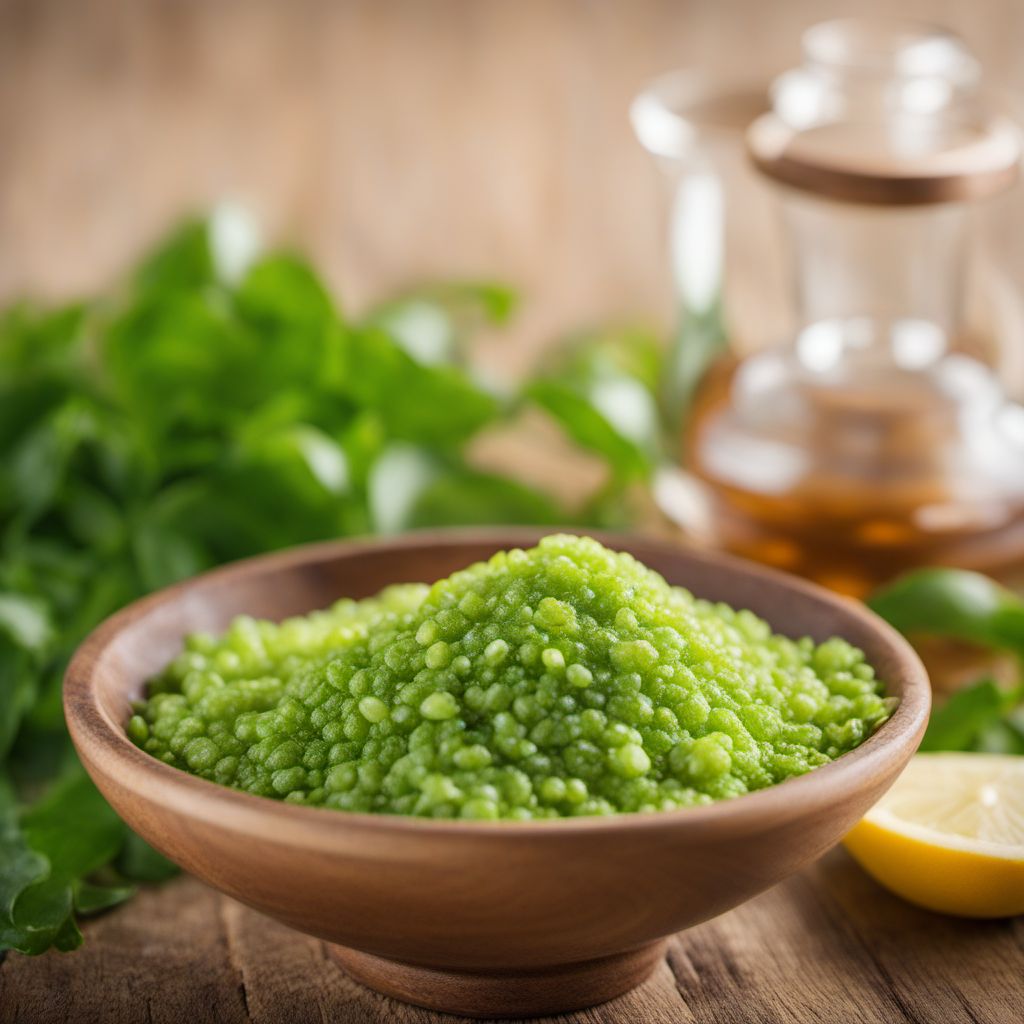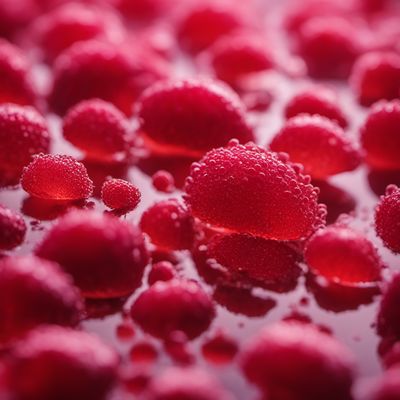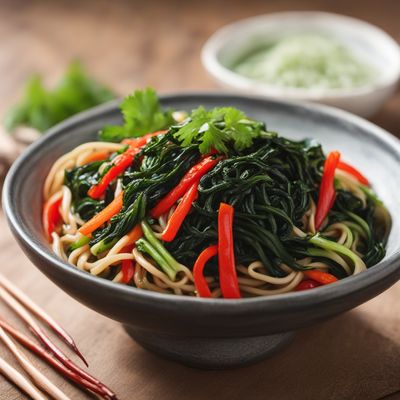
Ingredient
Other algae
The Ocean's Green Gems
Other algae, also known as seaweed, are marine plants that grow in saltwater environments. They come in various forms, including nori, dulse, kelp, and many more. These algae are highly nutritious, packed with vitamins, minerals, and antioxidants. They have a distinct umami flavor, adding depth and complexity to dishes. With their versatility and health benefits, other algae have become increasingly popular in culinary creations around the world.
Origins and history
The use of other algae in culinary applications dates back centuries, with their origins rooted in Asian cuisines, particularly in Japan, China, and Korea. Seaweed has been a staple ingredient in these cultures, providing a valuable source of nutrition and flavor. Over time, the popularity of seaweed has spread to other parts of the world, where it is now embraced for its unique taste, versatility, and health benefits.
Nutritional information
Other algae are incredibly nutrient-dense, offering a wide range of vitamins, minerals, and antioxidants. They are particularly rich in iodine, calcium, iron, and vitamins A and C. Seaweed is also a good source of dietary fiber and contains unique compounds, such as fucoidan and fucoxanthin, which have been associated with potential health benefits, including anti-inflammatory and antioxidant properties.
Allergens
Other algae, such as nori, dulse, and kelp, are not commonly associated with allergens. However, individuals with specific allergies or sensitivities should exercise caution and consult with a healthcare professional if they experience any adverse reactions after consuming seaweed products.
How to select
When selecting other algae, look for options that are sourced from reputable suppliers and have undergone proper processing and quality control. Choose seaweed that is vibrant in color, with no signs of discoloration or mold. Opt for organic or sustainably harvested seaweed whenever possible to support environmentally friendly practices.
Storage recommendations
To maintain the freshness and quality of other algae, store them in a cool, dry place away from direct sunlight. Dried algae should be kept in airtight containers to prevent moisture absorption. Fresh algae should be consumed promptly or stored in the refrigerator for a short period.
How to produce
Growing other algae at home requires specialized equipment and access to a suitable marine environment. It is more feasible to purchase commercially produced seaweed products from grocery stores, supermarkets, or online retailers. Look for a variety of seaweed products, such as nori sheets, dried dulse flakes, or kelp noodles, to explore different culinary possibilities.
Preparation tips
Before using other algae, rinse them thoroughly to remove any excess salt or debris. Depending on the recipe, they can be used raw, blanched, or rehydrated in water. Other algae can be incorporated into salads, soups, stir-fries, sushi rolls, or used as a garnish for added texture and flavor.
Culinary uses
Other algae can be used in a variety of dishes, including salads, soups, stews, sushi, and even desserts. They can be used as a wrap for sushi rolls, added to miso soup for an umami boost, or used as a topping for salads and grain bowls.
Availability
Other algae are commonly available in regions with access to coastal areas or freshwater sources. They can be found in specialty Asian markets, health food stores, or online retailers.



